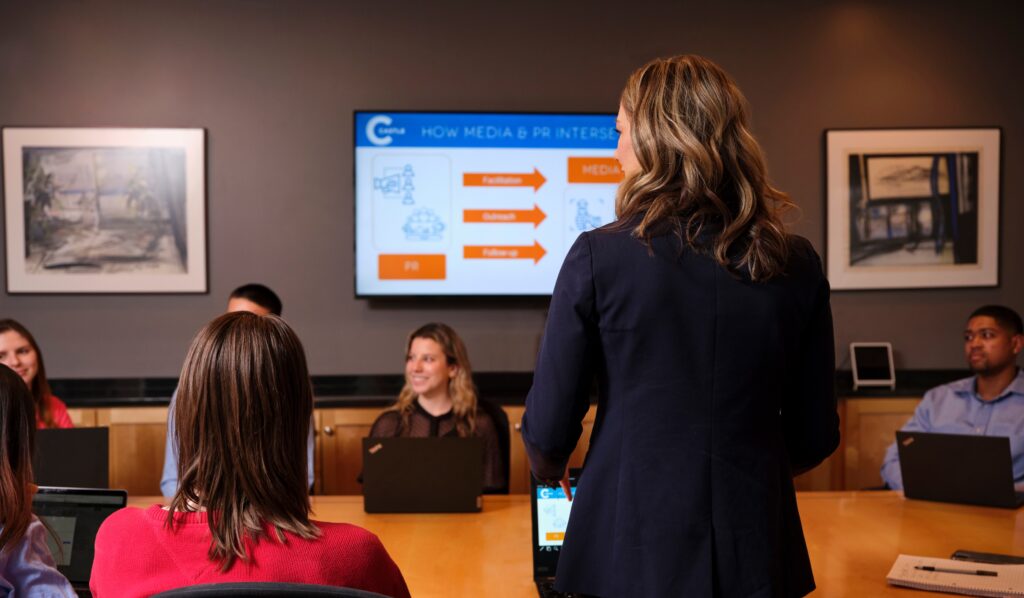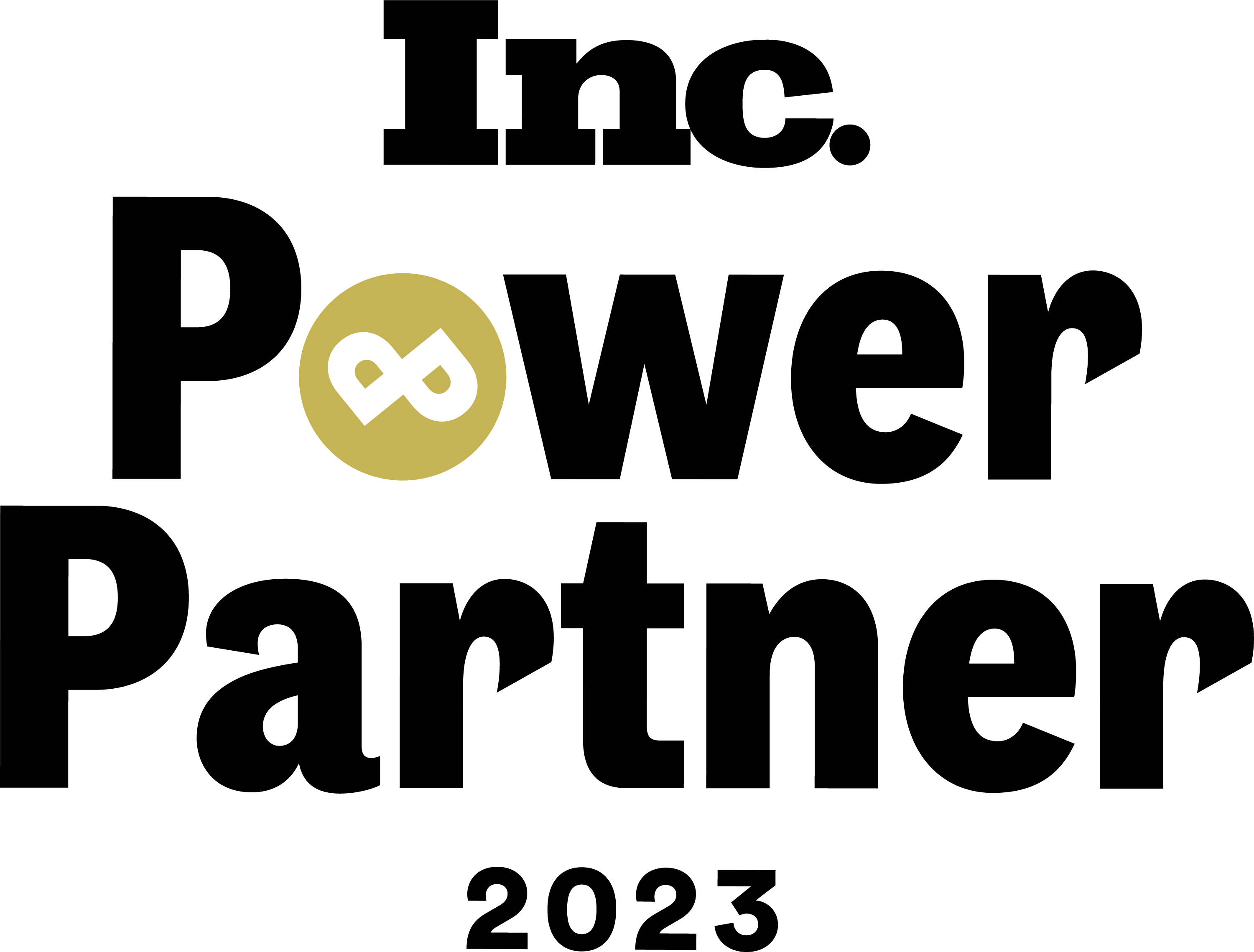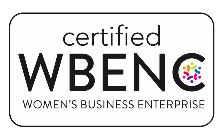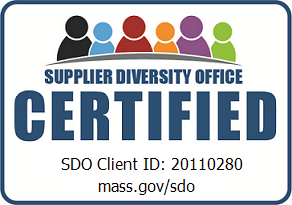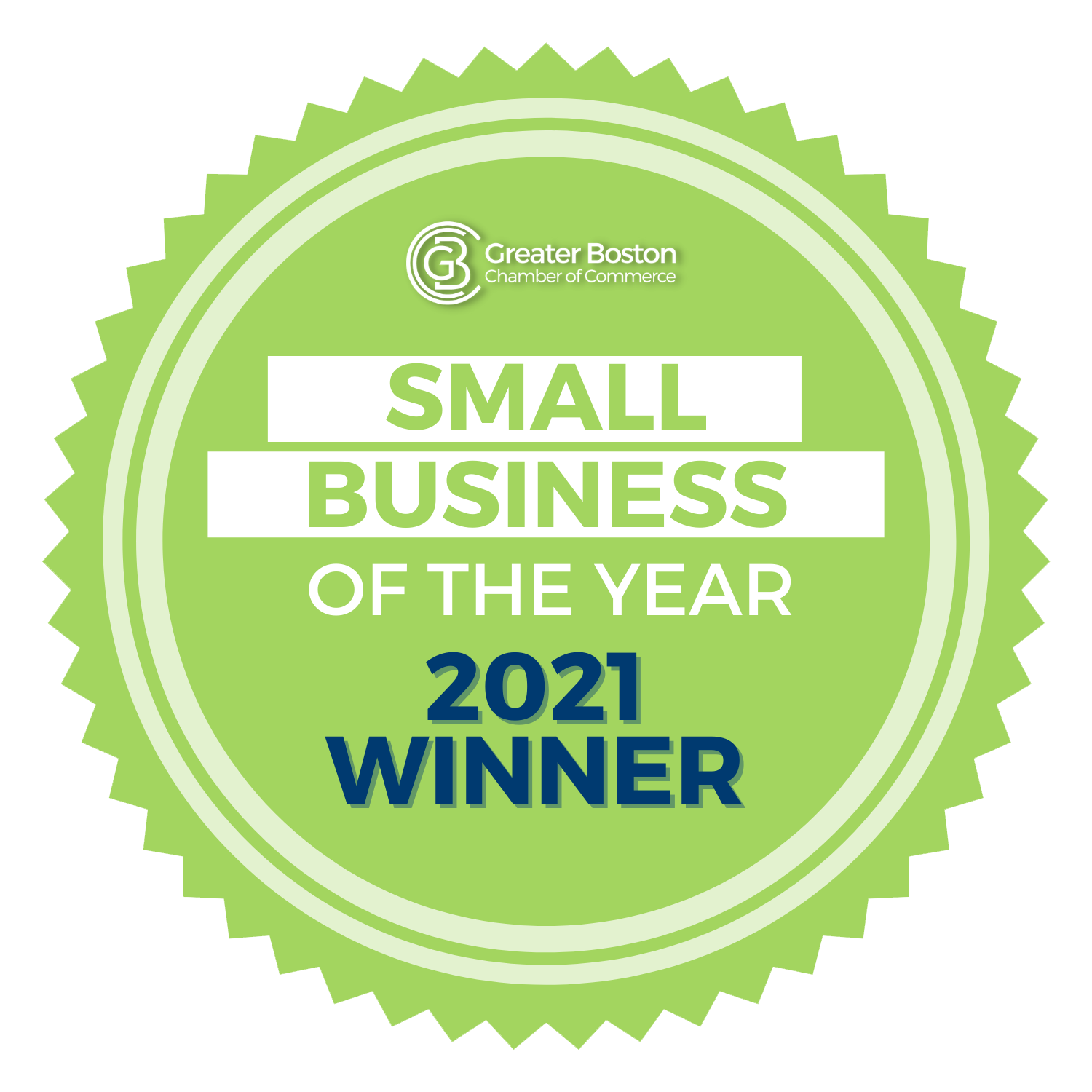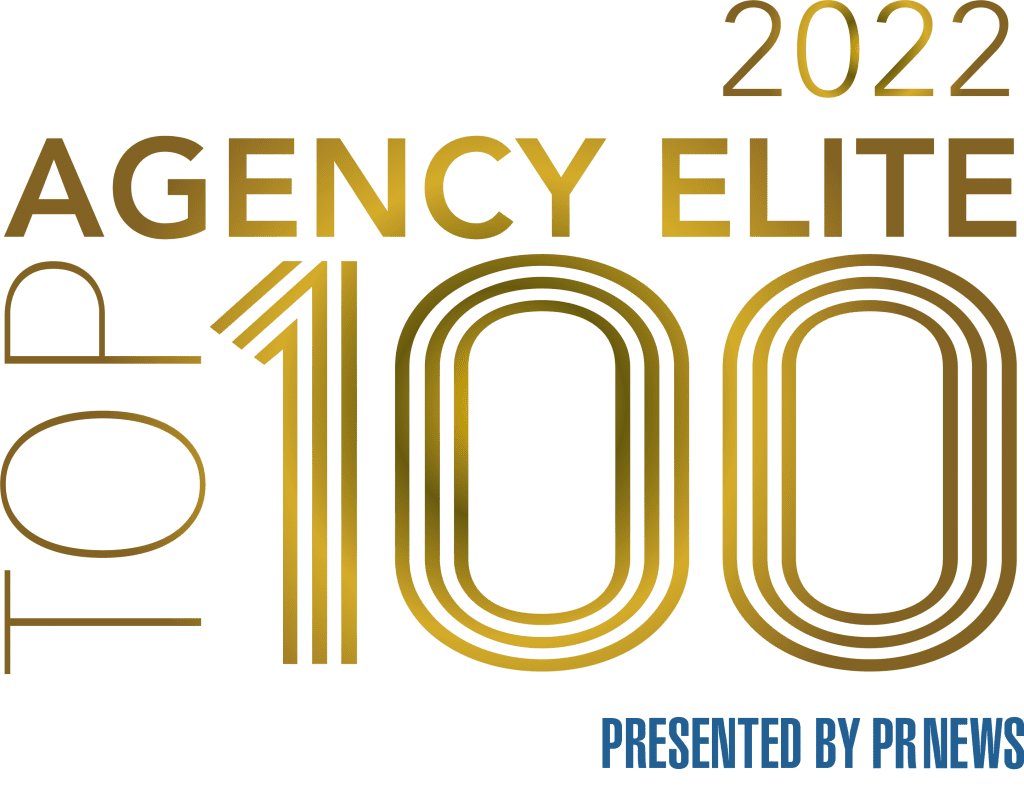Every event attendee/stakeholder has different likes and dislikes; different thresholds for what they would pay to attend an event; different personal preferences that influence their perception of the event; and different factors that drive them to participate in the event—a specific speaker/entertainer/session topic, distance from their home/office, time of day/week/year, potential to meet with certain stakeholders, etc. In the dynamic world of event management, you can’t please, or appeal to, everyone—but you can try! Post-event surveys are a great way to gather important feedback to further help you, as the event organizer, understand and analyze these factors.

What is a post-event survey?
Post-event surveys are questionnaires sent to stakeholders after an event to gauge satisfaction and understand the impact and effectiveness of the event. The post-event survey questions asked in the questionnaire should include various quantifiable or open-ended formats, including rating scales, multiple choice, and a few open-ended questions. Post-event surveys are an essential tool to gather invaluable stakeholder feedback about what worked well or what didn’t work well and to be able to measure an event’s success.
Why are post-event surveys important?
Feedback from those experiencing the event firsthand is crucial to increasing success. Analyzing the data gathered from feedback surveys post-event helps to:
- Make necessary adjustments for future event components that you and your team may not have previously had a clear perspective on.
- Build credit with attendees by showing you care about their feedback and are open to enhancing the event for the best possible experience using their feedback.
- Determine which aspects of the event were best received or which financial resources had the most ROI and understand which areas to put the most effort and investment into moving forward.
Best practices for writing post-event survey questions
When building out your post-event survey questions, it is important to think through the below list of best practices as you go.
- Determine the goal for the feedback – what data do you want to get out of the questions, and in what format? Then, format your questions to align with the end goal.
- Tailor questions to the program type (conference, incentive trip, special event, fundraiser, company outing/trip, product launch, etc.), program format (virtual, hybrid, or entirely in-person), and each attendee/stakeholder type (general attendees, speakers, vendors/sponsors/exhibitors, employees, volunteers, etc.) applicable to your event. This likely means separate surveys tailored to each attendee type.
- Collect any general or demographic data you forgot or could not collect in the initial registration process (how did you hear about the event, where are you from, department/industry, gender, age, etc.)
- Be concise – while this is your chance to gather as much feedback and data as possible to reach your goals and improve for future events, you will get a lower response rate if the survey takes 10 minutes vs. 5 minutes to complete. In fact, in research done by SurveyMonkey, completion rates dropped between 5% to 20% in surveys that took longer than 7-8 minutes to complete. The sweet spot is roughly 10 questions total, pending the average time it takes to answer all, in varying formats but with minimal open-ended questions.
- Consider offering an incentive to fill out the survey. To get response rates as high as possible, an incentive to complete the survey can help. For a conference, the incentive could be entry into a raffle for a gift card or complimentary registration to next year’s event, or a small gift card (enough for a coffee, for example) or a small discount off of the ticket price for next years’ event for everyone who submits the survey. Consider this pre-event and be sure to budget or plan accordingly if you feel it is beneficial.
Examples of Post-event survey questions
Below is a list of post-event survey questions. Not all may apply to your event components and stakeholder groups, but we’ve included a variety to pick and choose from as needed:
Post-event survey questions for attendees
- How did you hear about this event? (Multiple Choice: w/ applicable response options)
- Why did you attend this event? (Multiple Choice: w/ applicable response options)
- How likely are you to recommend this event to a friend or colleague? (Rating scale: Very Likely to Not Likely at All)
- How likely are you to attend one of our events in the future? (Rating Scale: Very Likely to Not Likely at All)
- How satisfied were you with the following components of the event? (Matrix Rating Scale to gauge satisfaction of general event components: Very Satisfied to Very Dissatisfied or 1 to 10)
- Overall experience at the event
- Location/destination
- Venue
- Number of days
- Timing of programming each day
- Hotel stay (expand on this if it is an important component of the program, i.e., incentive trip)
- Flight booking experience
- Registration process and efficiency
- Event app user-friendliness and capabilities
- Food & beverage
- Overall offerings of sessions/content topics
- Quality of the session content/speakers
- Relevance of the session content to the session description/your expectations
- Special Events (separate question for each: welcome reception, CSR activity, networking reception, awards dinner, tradeshow/vendor show, etc.)
- If they did not attend these events, include a sub-question asking why.
- Giveaways/gifts (quality, appreciation of, usability, applicable, etc.)
- Amount and quality of networking opportunities available
- Overall organization of the event
- Friendliness of event staff
- Virtual experience/ease in navigating the virtual platform (if virtual/hybrid component)
- What was the highlight of or biggest takeaway from the event? (Open-ended)
- What was an area of the event you think we can improve? (Open-ended)
- Which (3) sessions did you find most relevant and valuable? (Open-ended w/ 3 response boxes or multiple choice)
- Which (3) sessions did you find least relevant and valuable? (Open-ended w/ 3 response boxes or multiple choice)
- What topics would you want to see at future events? (Open-ended or Multiple Choice)
- What activities/special events/networking opportunities would you like to see at future events? (Open-ended or Multiple Choice)
- What were your favorite virtual features? (Multiple choice or open-ended; if virtual/hybrid component)
- Are there any other comments, suggestions, or questions you want to share? (Open-ended. Note: If an attendee leaves a question, be sure to respond to it personally, if applicable)
Post-event survey questions for employees
Involving employees in post-event survey feedback gives them a sense of engagement by making them an integral part of the event’s success. Many of the above general attendee questions can apply to employees as well. Make those that apply to more than one stakeholder group visible to all applicable stakeholders to get feedback from varying types of participants on the same areas of the event. Some additional questions that may apply specifically to employees include:
- How do you think attending this event impacted your goals? (Open-ended)
- Did you have ample time to meet with leadership, vendors/sponsors/exhibitors, and/or other attendees? (Yes/No)
- How would you rate the communication between different teams and departments? (Rating Scale: Excellent to Poor)
- Was all the required information relayed to you before the event? (Yes/No)
- I am satisfied with what I got out of this event. (Rating Scale: Strongly Agree to Strongly Disagree)
- I felt the trip was a wonderful reward for my efforts. (Rating Scale: Strongly Agree to Strongly Disagree; incentive trip only)
- I had enough leisure time to enjoy the trip as I chose to. (Rating Scale: Strongly Agree to Strongly Disagree; incentive trip only)
- Where would you like to see a future trip held? (Open-ended; incentive trip only)
- Knowing that your time is valuable, how do you wish to spend it when rewarded for outstanding job performance? (Open-ended; incentive trip only)
Post-event survey questions for vendors/sponsors/exhibitors
Like employees, many of the above general attendee questions can apply to vendors/sponsors/exhibitors. Make those that are applicable visible to this stakeholder group as well to get the most well-rounded feedback possible. Some additional questions that may apply specifically to vendors/sponsors/exhibitors include:
- How satisfied were you with the following components of the event? (Matrix rating scale to gauge satisfaction of general event components: 1 to 10).
- Value of sponsorship/exhibitor/vendor fee
- Value of networking opportunities with attendees or other stakeholders
- Location of booth
- Layout of exhibit floor
- Helpfulness and friendliness of the event staff
- Information and support received from event organizers before and during the event
- Pre-event marketing in advertising your presence/sponsorship
- Were there any challenges you encountered during the event? (Yes/No) Please describe. (Open-ended)
- Did you achieve your goals for exhibiting/sponsoring the event? (Yes/No) Please elaborate. (Open-ended)
- Were the event attendees the appropriate audience for your products or services? (Yes/No)
- Did the event venue provide appropriate branding recognition for your sponsorship level? (Yes/No)
- Did the exhibit booth provide appropriate branding opportunities for your exhibitor level? (Yes/No)
- Would you consider participating as a vendor/sponsor/exhibitor in future events organized by us? (Yes/No)
Post-event survey questions for event partners
Another stakeholder group may be your event partners/vendors for the actual planning and execution of the event. While you might not send a formal survey to these vendors, it is still important to get feedback in a debrief and ask questions about their experience working with you, your team, and/or your clients; whether they felt their services/offerings aligned with the program; if they would partner for a future event; if they experienced any frustrations or challenges throughout the planning process; any suggestions for how to make the planning process or partnership with you more efficient or seamless in the future; what worked well and what didn’t work well in their opinion; etc. Vendors can better understand their performance, how the relationship went with you and/or the clients, and how their services impacted attendees by having open and candid post-event debrief conversations. Like you, they will likely appreciate this feedback to improve for the future.
How to build and distribute a post-event survey
Many registration technologies and platforms have feedback survey capabilities built into them. It can be particularly beneficial to use an event app that has this functionality. This way, you can survey attendees on the spot while they are still at the event. For example, prompt stakeholders at a conference using the event app to fill out a quick questionnaire with just a few post-event survey questions after each session they attend, vs. one longer survey at the end of the event.
Alternatively, you can use tools like Survey Monkey, Google Forms, or your existing registration platform, if applicable, to create the survey. Then, send out the request to complete the post-event survey within a thank you email or use of QR codes on signage and housekeeping notes at the end of presentations throughout the event.
In closing, it is important to listen to your stakeholders—if they are taking the time to complete the survey, take the time to act on the results. Embracing that positive or negative feedback can set the stage for continuous growth, innovation, and success in the ever-evolving landscape of corporate events.
The team at Castle can help you with post-event surveys (& so much more).
Reach out to a member of our events team for guidance. It is a regular practice for Castle to send post-event surveys after each event to gain valuable insight for the client and our planning team.







